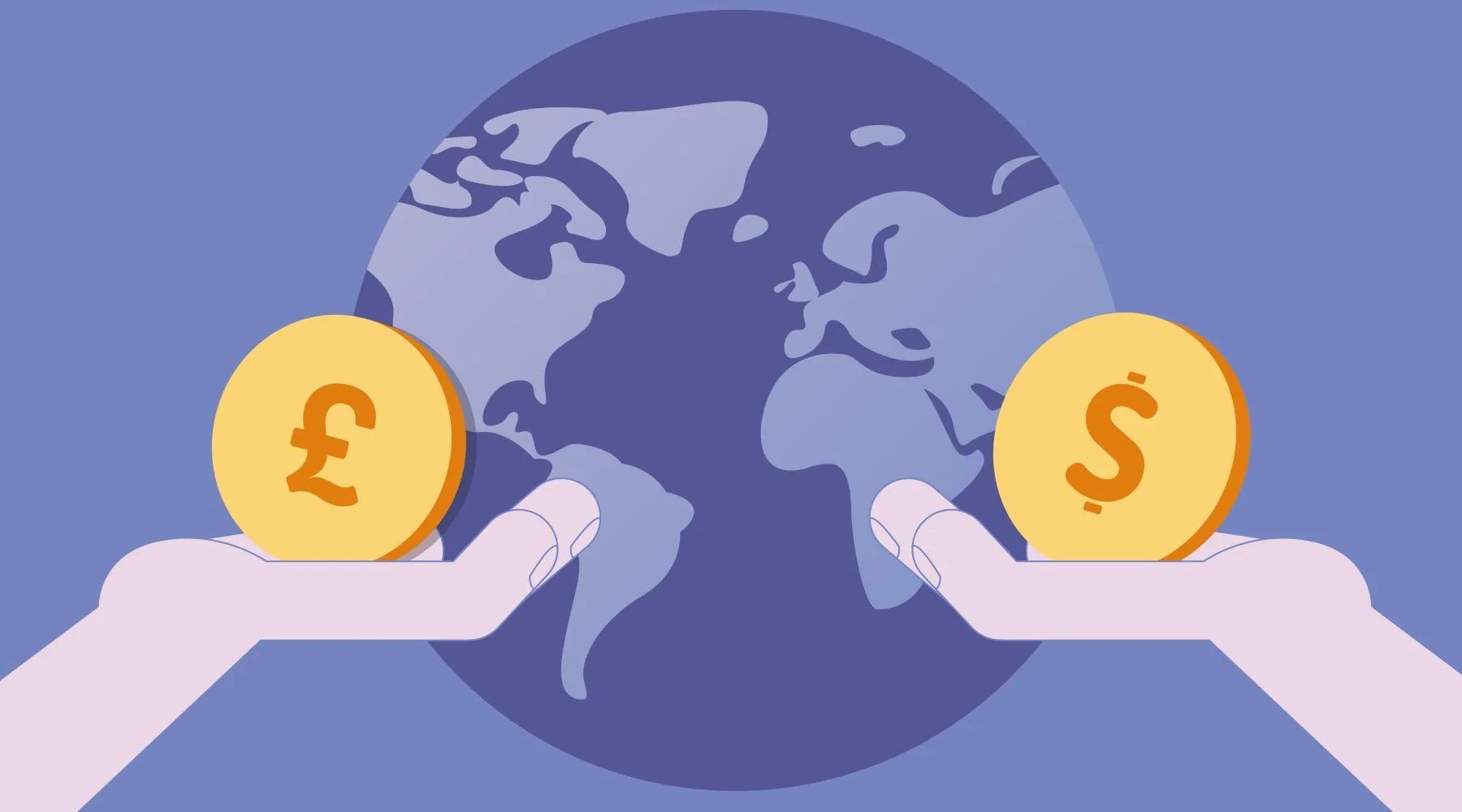4 things to consider if you’re sending money overseas this year

Sending money overseas shouldn't be complicated or expensive.
Sponsored by 
 HSBC. Transfer money overseas with ease using our Everyday Global Account. Proud Winners of the Finder Award Best Transaction Account 2021.
HSBC. Transfer money overseas with ease using our Everyday Global Account. Proud Winners of the Finder Award Best Transaction Account 2021.
In an increasingly globalised world, it's easier than ever to forget that international borders are there.
Workforces are often spread out in multiple countries with minimal impact on productivity. Expats who are living overseas can still be part of the group chats. Those travelling for business can see their families' faces in a video call.
It's not just communication: we are shopping across borders and attending overseas conferences without leaving our homes.
It makes sense then that being able to send money overseas should be easy too.
Unfortunately, that hasn't always been the case. But we're here to guide you to make it as easy and stress-free as possible.
Here are 4 things you should be looking at to make sure you're ready to transfer money overseas:
1. Choose a reliable provider
Sending money overseas can make people nervous, so it's important to go for a brand you can trust. This may not necessarily be a bank, but many people find a bank (particularly an international one), to be the most reliable.
For instance, a bank like HSBC has a global presence. With branches across the world, HSBC has made it easy to send money overseas.
The bank offers secure global transfers, with its key corridors including AUD into GBP, HKD, NZD and USD. Understanding the importance of reliable overseas exchange, HSBC refreshes its exchange rate every 20 seconds, so you know exactly what you're going to get.
With competitive exchange rates, you just have to pay an $8 fee if you transfer currencies online, regardless of the amount you're sending. Boasting an extensive branch network across Australia you can also go into a branch and arrange to send money overseas with a fee of $20.
2. Check for any fees
There are generally two different ways you may be charged to transfer money overseas: direct fees or increased exchange rates. You may also find there are sending banks fees and receiving bank fees.
These are generally unavoidable, so it's about finding the one that works best for you with the amount you're sending. For example, if you're sending a higher sum of money it might be worth opting for a provider which uses a better exchange rate but with a fee.
If you are using a service with a fee you should also consider how many other transactions you may need to make. If you know you send money overseas often, you can save on fees by grouping the transactions together into one payment.
3. Have the right information ready
One of the first things you need to do is to work out what institutions you are transferring to and from. For instance, whether you are transferring from a bank account to another bank account.
Alternatively, you might be paying from a bank account to an overseas biller.
Whatever your reason for transferring, you need to make sure you have the right information before you arrange the transfer. Usually, this is not as simple as having the BSB and account number that banks in Australia use as account information varies between countries. Instead, you may need to get a SWIFT code from the institution you are sending the money to.
Be sure to have all of the correct information of the recipient before you get started. Also make sure that your provider not only provides flexible options but does so without extra fees or time.
4. Keep an eye on the exchange rate
An exchange rate is the value of one currency compared to another. The money you send overseas will be converted using the exchange rate.
Rates can go up or down depending on various economic factors, meaning one day you might get more money for your conversion than the following day.
Although it's good to look at the exchange rate, you can't ever really be sure whether the exchange rate is going to improve or not - particularly if you don't have the time to wait around, which is often the case when sending money overseas.
However, if you know you'll be sending money in the future, it's a good idea to keep an eye on the exchange rates so you have a general idea of where they should be. Then when you're sending money, make sure you compare the exchange rates between transfer services to get the best value for your money on that day.
Bear in mind that some money transfer providers will charge higher exchange rates instead of a fee. So if you find a good exchange rate, be sure to check for other fees you may have to pay.
Transfer money internationally with HSBC:
Compare other products
We currently don't have that product, but here are others to consider:
How we picked theseFinder Score for bank accounts
We assess multiple product features for transaction accounts from over 100 providers and assign each product a score out of 10.
Ask a question
